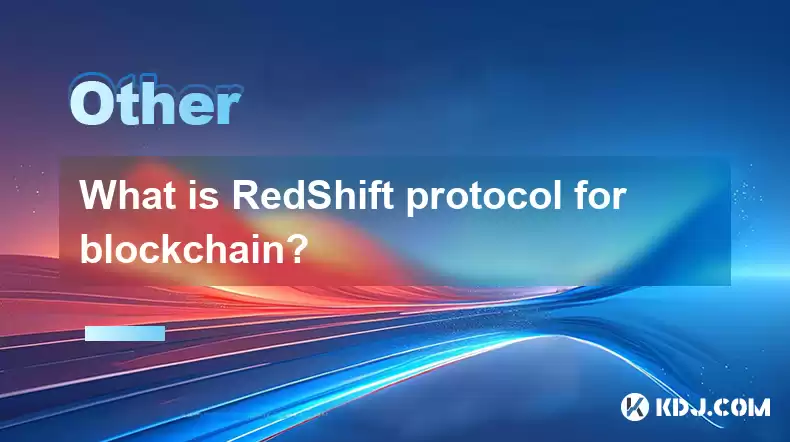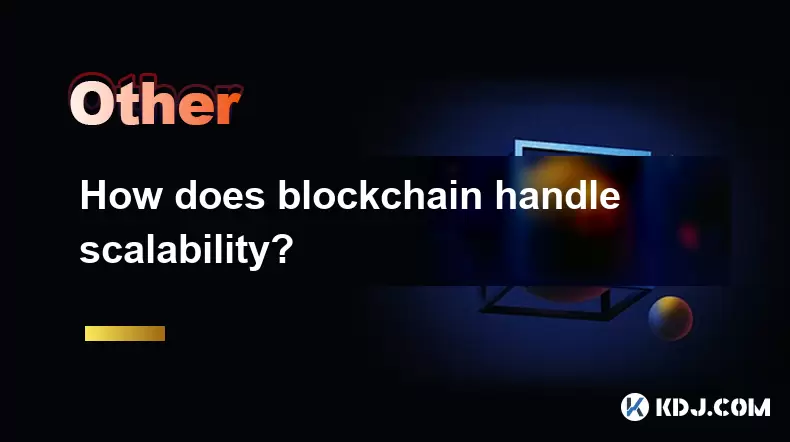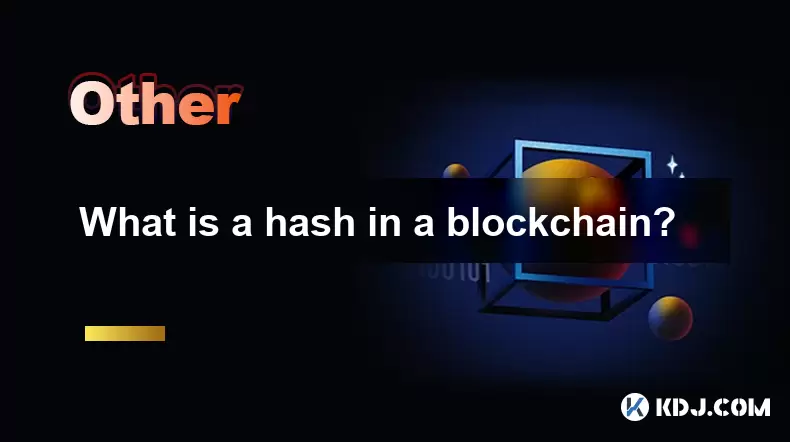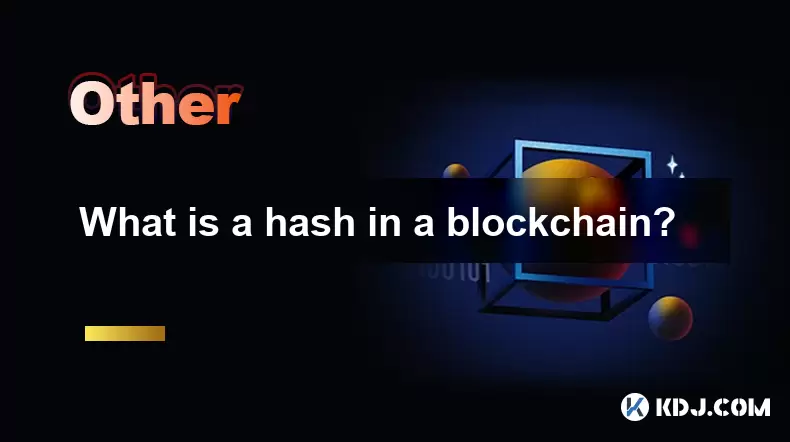-
 Bitcoin
Bitcoin $113900
-1.39% -
 Ethereum
Ethereum $3517
-4.15% -
 XRP
XRP $3.009
1.59% -
 Tether USDt
Tether USDt $0.9997
-0.04% -
 BNB
BNB $766.8
-1.41% -
 Solana
Solana $164.6
-2.38% -
 USDC
USDC $0.9998
-0.02% -
 TRON
TRON $0.3277
0.65% -
 Dogecoin
Dogecoin $0.2023
-1.67% -
 Cardano
Cardano $0.7246
0.05% -
 Hyperliquid
Hyperliquid $38.27
-4.77% -
 Sui
Sui $3.528
-0.52% -
 Stellar
Stellar $0.3890
-0.73% -
 Chainlink
Chainlink $16.16
-2.69% -
 Bitcoin Cash
Bitcoin Cash $539.9
-4.38% -
 Hedera
Hedera $0.2425
-2.00% -
 Avalanche
Avalanche $21.71
-0.97% -
 Toncoin
Toncoin $3.662
5.73% -
 Ethena USDe
Ethena USDe $1.000
-0.02% -
 UNUS SED LEO
UNUS SED LEO $8.964
0.35% -
 Litecoin
Litecoin $107.7
2.33% -
 Shiba Inu
Shiba Inu $0.00001223
-0.40% -
 Polkadot
Polkadot $3.617
-0.97% -
 Uniswap
Uniswap $9.052
-2.49% -
 Monero
Monero $295.1
-3.79% -
 Dai
Dai $0.9999
0.00% -
 Bitget Token
Bitget Token $4.315
-1.85% -
 Pepe
Pepe $0.00001060
0.11% -
 Cronos
Cronos $0.1342
-2.72% -
 Aave
Aave $256.0
-0.87%
What is RedShift protocol for blockchain?
RedShift protocol enhances blockchain scalability and efficiency using sidechains and PoSTL consensus, reducing fees and improving security for dApps.
Apr 21, 2025 at 12:14 pm

The RedShift protocol is a novel approach designed to enhance the scalability and efficiency of blockchain networks. It is a layer-2 solution that aims to address some of the common issues faced by traditional blockchains, such as slow transaction processing times and high fees. By leveraging advanced cryptographic techniques and innovative consensus mechanisms, RedShift aims to provide a more robust and scalable platform for decentralized applications (dApps).
How Does RedShift Protocol Work?
At its core, the RedShift protocol operates by creating sidechains that run parallel to the main blockchain. These sidechains allow for faster transaction processing and reduced congestion on the main chain. The protocol uses a unique consensus mechanism called Proof of Stake with Time Lock (PoSTL), which combines the benefits of Proof of Stake (PoS) and time-locking mechanisms to ensure security and efficiency.
In the PoSTL consensus mechanism, validators are chosen based on the amount of cryptocurrency they hold and are willing to "stake" as collateral. Additionally, these validators must lock their stakes for a certain period, which adds an extra layer of security to the network. This approach not only incentivizes honest behavior but also helps in reducing the energy consumption typically associated with Proof of Work (PoW) systems.
Benefits of RedShift Protocol
The RedShift protocol offers several key benefits that make it an attractive option for blockchain developers and users. One of the primary advantages is improved scalability. By offloading transactions to sidechains, RedShift can process a higher volume of transactions per second compared to traditional blockchains. This scalability is crucial for the widespread adoption of blockchain technology, especially in areas such as finance and supply chain management.
Another significant benefit is reduced transaction fees. Since the sidechains handle a significant portion of the network's transaction load, the main blockchain experiences less congestion, leading to lower fees for users. This makes RedShift an appealing choice for applications that require frequent, low-cost transactions.
Enhanced security is also a hallmark of the RedShift protocol. The PoSTL consensus mechanism ensures that validators have a strong incentive to act honestly, as they risk losing their staked cryptocurrency if they attempt to compromise the network. Additionally, the time-locking feature adds an extra layer of protection against potential attacks.
Implementation and Use Cases
Implementing the RedShift protocol involves several steps that developers need to follow to integrate it into their blockchain projects. Here is a detailed guide on how to set up RedShift:
- Choose a Compatible Blockchain: The first step is to select a blockchain that is compatible with the RedShift protocol. Currently, RedShift supports integration with Ethereum and other EVM-compatible chains.
- Deploy the RedShift Smart Contract: Developers need to deploy the RedShift smart contract on the chosen blockchain. This contract will manage the creation and management of sidechains.
- Configure the Sidechains: Once the smart contract is deployed, developers can configure the sidechains according to their specific needs. This includes setting parameters such as block time, transaction fees, and validator requirements.
- Integrate with dApps: The final step is to integrate the RedShift sidechains with the decentralized applications (dApps) that will use them. This involves modifying the dApp's code to interact with the RedShift sidechains for transaction processing.
RedShift protocol has a wide range of potential use cases. One of the most promising applications is in the field of decentralized finance (DeFi). By providing a scalable and cost-effective solution for transaction processing, RedShift can enable the creation of more efficient DeFi platforms that can handle a higher volume of transactions.
Another potential use case is in supply chain management. Blockchain technology is increasingly being used to track the movement of goods and ensure transparency in supply chains. The scalability and low transaction fees offered by RedShift make it an ideal solution for this application, as it can handle the large number of transactions required to track goods in real-time.
Challenges and Considerations
While the RedShift protocol offers many benefits, there are also some challenges and considerations that developers and users need to be aware of. One of the main challenges is interoperability. As RedShift is a layer-2 solution, ensuring seamless communication between the sidechains and the main blockchain can be complex. Developers need to carefully design their systems to handle this interoperability effectively.
Another consideration is security. While the PoSTL consensus mechanism provides a high level of security, the overall security of the RedShift network also depends on the security of the underlying blockchain. Developers must ensure that the main blockchain and the RedShift sidechains are both secure to prevent potential vulnerabilities.
Regulatory compliance is also a critical factor to consider. Depending on the jurisdiction, there may be specific regulations governing the use of blockchain technology and cryptocurrencies. Developers need to ensure that their implementation of the RedShift protocol complies with these regulations to avoid legal issues.
Community and Support
The RedShift protocol has a growing community of developers, users, and enthusiasts who contribute to its development and adoption. There are several resources available for those interested in learning more about RedShift and getting involved in the community.
- Documentation and Tutorials: The official RedShift website provides comprehensive documentation and tutorials that cover everything from the basics of the protocol to advanced implementation techniques.
- Developer Forums: There are active developer forums where users can ask questions, share their experiences, and collaborate on projects related to RedShift.
- Social Media Channels: RedShift maintains an active presence on social media platforms such as Twitter and Reddit, where users can stay updated on the latest developments and engage with the community.
Frequently Asked Questions
Q: Can RedShift be used with any blockchain, or are there specific requirements?
A: RedShift is designed to be compatible with Ethereum and other EVM-compatible blockchains. While it is possible to adapt RedShift for use with other blockchains, this would require additional development and testing to ensure compatibility.
Q: How does RedShift handle the risk of double-spending on sidechains?
A: RedShift uses a combination of cryptographic techniques and the PoSTL consensus mechanism to prevent double-spending. Validators are required to stake their cryptocurrency and lock it for a period, which acts as a deterrent against fraudulent behavior.
Q: What are the minimum system requirements for running a RedShift node?
A: To run a RedShift node, you will need a computer with at least 8GB of RAM, a multi-core processor, and sufficient storage space to handle the blockchain data. The specific requirements may vary depending on the scale of the network and the number of transactions being processed.
Q: Is there a governance model for the RedShift protocol, and how does it work?
A: Yes, RedShift has a governance model that allows community members to propose and vote on changes to the protocol. This model is designed to ensure that the development of RedShift remains decentralized and community-driven.
Disclaimer:info@kdj.com
The information provided is not trading advice. kdj.com does not assume any responsibility for any investments made based on the information provided in this article. Cryptocurrencies are highly volatile and it is highly recommended that you invest with caution after thorough research!
If you believe that the content used on this website infringes your copyright, please contact us immediately (info@kdj.com) and we will delete it promptly.
- DeFi Token Summer Gains: Is Mutuum Finance the Real Deal?
- 2025-08-02 18:30:12
- Bitcoin, Realized Price, and the Top: Are We There Yet?
- 2025-08-02 18:30:12
- Dogwifhat (WIF) Rally: Will the Meme Coin Bite Back?
- 2025-08-02 19:10:12
- PayFi Heats Up: Tron's AMA Recap & TRX's Bullish Nasdaq Debut
- 2025-08-02 19:10:12
- ARK Invest, Coinbase, and BitMine: Decoding the Crypto Investment Shuffle
- 2025-08-02 19:15:23
- JasmyCoin Under Pressure: Bears Grip Tight, Testing Lower Support
- 2025-08-02 19:15:23
Related knowledge

What is the difference between on-chain and off-chain transactions?
Aug 02,2025 at 04:22pm
Understanding On-Chain TransactionsOn-chain transactions refer to digital asset transfers that are recorded directly on a blockchain ledger. These tra...

What is the double-spending problem and how does blockchain prevent it?
Aug 02,2025 at 01:07pm
Understanding the Double-Spending ProblemThe double-spending problem is a fundamental challenge in digital currency systems where the same digital tok...

What is the difference between a blockchain and a database?
Aug 01,2025 at 09:36pm
Understanding the Core Structure of a BlockchainA blockchain is a decentralized digital ledger that records data in a series of immutable blocks linke...

How does blockchain handle scalability?
Aug 02,2025 at 02:58pm
Understanding Blockchain Scalability ChallengesBlockchain scalability refers to a network's ability to handle an increasing volume of transactions wit...

What is a hash in a blockchain?
Aug 02,2025 at 05:28am
Understanding the Concept of Hash in BlockchainA hash in the context of blockchain technology refers to a unique digital fingerprint generated by a cr...

What is a hash in a blockchain?
Aug 02,2025 at 04:43am
Understanding the Concept of Hash in BlockchainA hash in the context of blockchain technology refers to a unique digital fingerprint generated by a cr...

What is the difference between on-chain and off-chain transactions?
Aug 02,2025 at 04:22pm
Understanding On-Chain TransactionsOn-chain transactions refer to digital asset transfers that are recorded directly on a blockchain ledger. These tra...

What is the double-spending problem and how does blockchain prevent it?
Aug 02,2025 at 01:07pm
Understanding the Double-Spending ProblemThe double-spending problem is a fundamental challenge in digital currency systems where the same digital tok...

What is the difference between a blockchain and a database?
Aug 01,2025 at 09:36pm
Understanding the Core Structure of a BlockchainA blockchain is a decentralized digital ledger that records data in a series of immutable blocks linke...

How does blockchain handle scalability?
Aug 02,2025 at 02:58pm
Understanding Blockchain Scalability ChallengesBlockchain scalability refers to a network's ability to handle an increasing volume of transactions wit...

What is a hash in a blockchain?
Aug 02,2025 at 05:28am
Understanding the Concept of Hash in BlockchainA hash in the context of blockchain technology refers to a unique digital fingerprint generated by a cr...

What is a hash in a blockchain?
Aug 02,2025 at 04:43am
Understanding the Concept of Hash in BlockchainA hash in the context of blockchain technology refers to a unique digital fingerprint generated by a cr...
See all articles

























































































